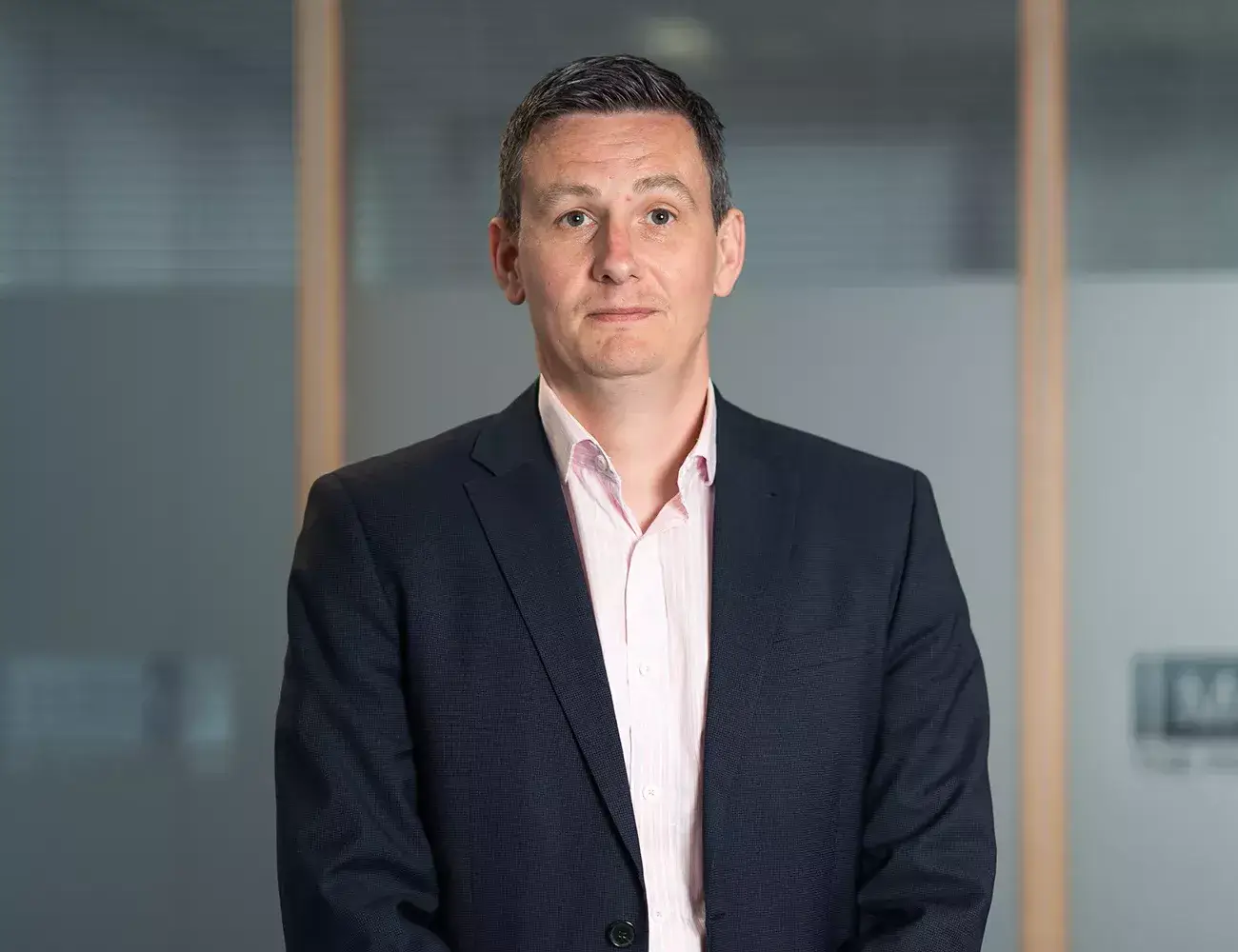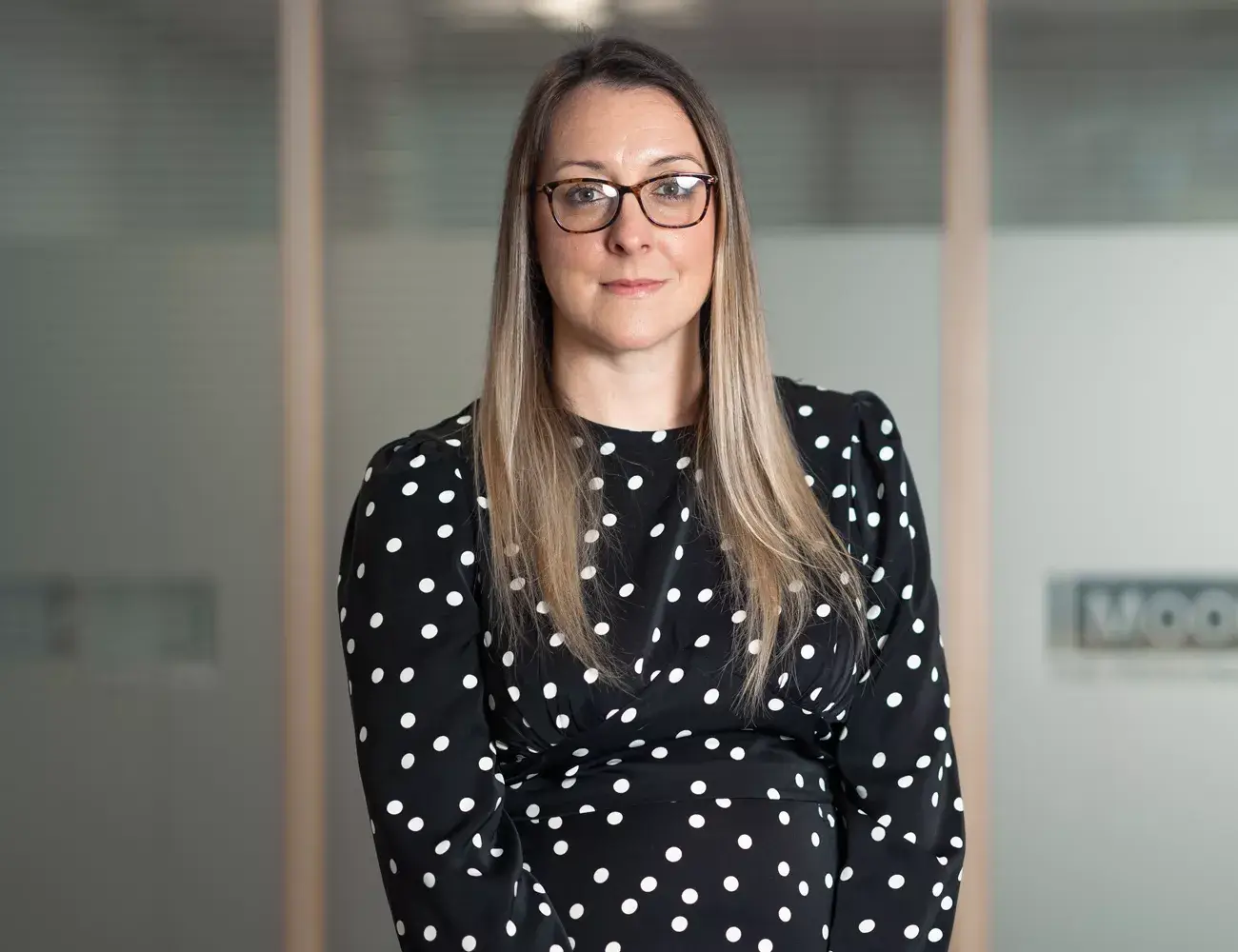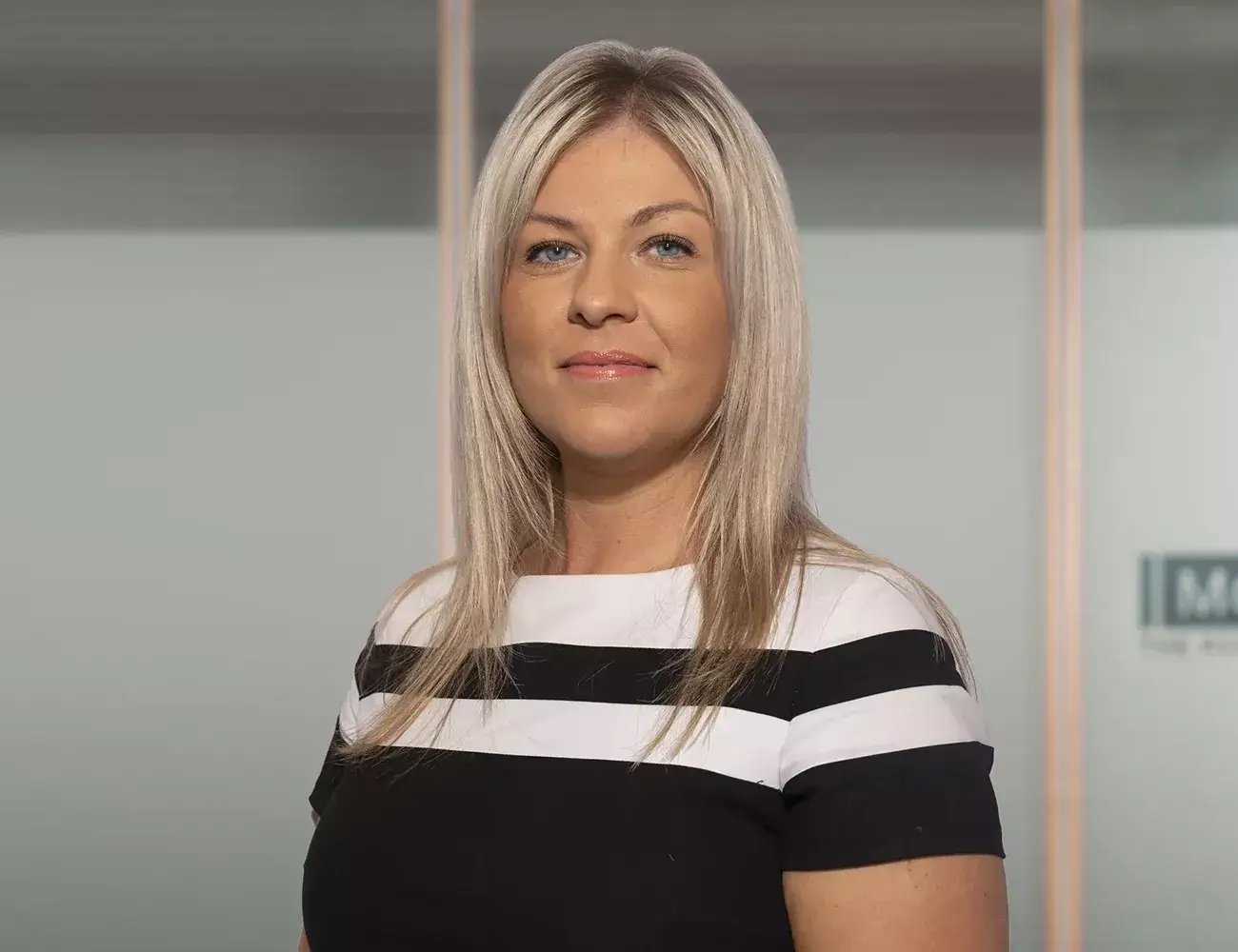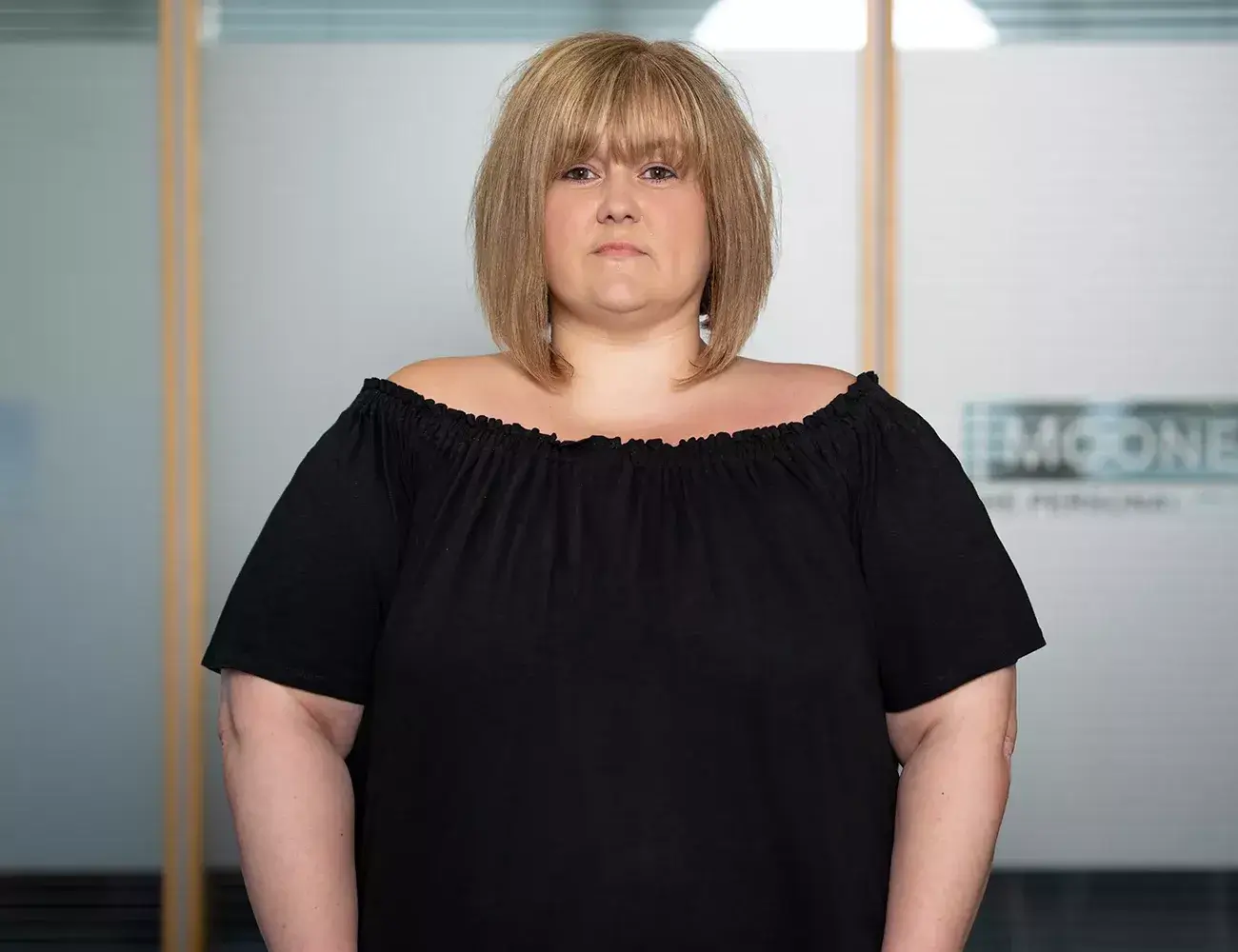Playground Accident Claims
An outing to the playground is part of daily life for many families. Dealing with the scrapes, cuts, and bruises your children sustain whilst playing there comes as second nature to parents and carers. Most playground accidents are minor and leave your little ones needing nothing more than a clean-up and cuddle.
Sometimes, though, more serious accidents happen because of factors beyond your control. Playground accidents caused by faulty or poorly maintained play equipment are not something you should expect to encounter on a trip to the park!
So, what can you do if your child gets injured in a playground accident through no fault of their own? You could make a claim for compensation on their behalf, This is done by bringing a playground injury claim against whoever owns and maintains the playground. Playgrounds are often owned and looked after by the local authority.
What are the most common causes of playground accidents?
According to The Royal Society for the Prevention of Accidents (ROSPA), around 40,000 children attend hospitals each year with injuries resulting from playground accidents.
The most common causes of such accidents include:
Faulty play equipment
We expect playground equipment to be safe for our children to slide down, swing on, and explore to their hearts’ content. Thankfully, it usually is. If faulty, however, the risk to our children is considerable. Examples of possible dangerous faults with playground equipment include:
- exposed jagged metal on slides
- defective swing chains
Poor design and layout
A poorly designed playground can be an accident waiting to happen.
Some examples of poorly thought-out playground designs that contribute significantly to the risk of accidents include:
- Insufficient clearance space around the swings
- A poorly sited ‘zip wire’
- Hazardous surfaces
Ensuring play areas are safe for children, requires careful design and planning.
There are many things for playground designers to consider, such as:
- What age groups of children are likely to use the playground?
- The type of play equipment that will be appropriate for those age groups.
- Where to locate each item of equipment with safety first in mind.
Poor maintenance
The popularity of children’s playgrounds means equipment tends to suffer wear and tear from heavy use. Regular maintenance is crucial to ensure the equipment is always safe for use.
Badly maintained equipment can lead to issues such as frayed ropes and unstable structures. The effects can be catastrophic, regardless of the extent of parental care and supervision.
What types of injuries can playground accidents cause?
Luckily, most playground accidents are minor and easily dealt with at home with a plaster and a little TLC. Still, on occasion, a playground accident can result in serious injury.
Some of the more common types of injuries we see in playground accidents claims include:
Cuts and lacerations
Hazards such as exposed nails, sharp edges, and dangerous fencing pose a risk of cuts and lacerations to children using a playground. Severe cuts require immediate medical attention to avert serious complications such as sepsis. Even minor injuries can cause severe pain and suffering and result in permanent scarring.
If the cut or laceration resulted from an accident that was not your child’s fault, you might be able to bring a playground accident claim on their behalf.
Fractures and broken bones
Everyone knows that children are prone to slips, trips and falls. Most are insignificant and playtime can be resumed almost immediately. Sometimes, though, a slip, trip or fall can result in more serious injuries like fractures and broken bones. These types of injuries, even when only to a wrist or finger, are incredibly painful for anyone, but especially a child.
Children are more likely to get hurt on playgrounds when they climb high structures and run fast between equipment.
A properly designed and well-maintained playground with age-appropriate and safe equipment can mitigate the risk of a slip, trip, or fall. Soft flooring to cushion any fall can further help prevent severe injury.
If the equipment involved in your child’s accident was faulty or poorly maintained, or the playground design unsafe, you may be able to bring a playground accident claim on their behalf.
Speak to us at Mooneerams Solicitors if you are unsure about the prospects of succeeding with a potential playground accident claim. We will listen, consider and then give you our views on the likelihood of your child’s claim succeeding.
Remember Mooneerams are only a quick call away on 029 2048 3615.
Head or brain injury
Some play equipment, such as climbing frames and monkey bars, carry an inherent risk of a child falling and suffering a head or brain injury. That risk is small and can usually be effectively mitigated if the child uses the equipment sensibly and is supervised
Occasionally, defective structures, incorrectly installed equipment or poorly maintained playgrounds are responsible for a child falling or banging their head.
Most head injuries caused by playground accidents are minor and involve small bumps, bruises and cuts. However, even minor head injuries can cause problems such as headaches and concussion and require medical evaluation.
Severe head or brain injuries resulting from playground accidents are thankfully rare, but their impact can be life-changing for the child and their family.
If your child’s accident caused a head or brain injury and the incident was not their fault, they may be entitled to compensation.
It’s worth noting that whether an accident was or wasn’t a child’s fault can be difficult to assess.
A personal injury solicitor with experience in handling playground accident claims will be best able to advise you on liability, in the event of your child suffering injury as a result of a playground accident.
Who is responsible for ensuring the safety of playgrounds?
Generally speaking, anyone who owns or manages a playground is responsible for ensuring the health and safety of its users. In the case of public playgrounds, this is usually the local council, but in other instances, it might be the business whose land the playground occupies.
Establishing who is responsible for the safety of the playground is crucial since they are the party your child will claim against.
What is the law relating to children’s playground accident claims?
Numerous laws apply to playground accident claims. The law of negligence provides redress for those injured in a playground just as it does for those who sustain an injury on the road or at work. Further, various Acts of Parliament, most notably the Occupiers Liability Acts of 1957 and 1984 and the Health and Safety at Work etc Act, impose statutory duties on playground owners to ensure the safety of their users.
Generally speaking, to establish a playground accident claim, you need to prove:
- Your child was owed a duty of care by the person responsible for the playground.
Anyone responsible for ensuring the safety of a playground owes those using it a legal duty of care. The duty, generally speaking, is to take all reasonable steps to ensure its safety.
- The owner or manager of the playground breached their duty by failing to ensure the area was safe for use.
Faulty equipment, shoddy installation or poor maintenance are all factors which can establish a breach.
- Your child suffered injury as a result.
The injury must be a result of the breach. If you or your child were to blame, your claim will likely fail.
It is worth remembering that personal injury can be psychological as well as physical. Further, seemingly minor injuries can sometimes cause long-term issues.
Who is eligible to make a playground accident claim?
Personal injury claims are usually brought by the injured party. However, where the injured party is a child, their parent or legal guardian can claim on their behalf, acting as their ‘litigation friend’. A ’child’ for these purposes is anybody under 18.
When you claim on behalf of your child as their litigation friend, the claims process will run in largely the same way as in any other personal injury matter. You will liaise with our solicitors, consider their advice and give instructions based on the child’s best interests.
There are, however, a couple of notable differences.
Firstly, if the claim settles out of Court, which is often the case with playground accident claims, the Court will need to approve the settlement.
Secondly, any damages may be held on trust for the child until their 18th birthday.
What are the time limits for bringing a playground accident claim?
Most personal injury claims are subject to a time limit of three years from the accident date. However, where the injured party is a child, the time limit does not start running until they reach 18. They then have three years within which to bring their claim.
In reality, most claims are brought by the child’s parent or guardian on their behalf, soon after the accident and long before the child turns 18.
What damages will my child receive if their playground accident claim is successful?
Damages in children’s playground accident claims are assessed in the same way as any other personal injury claim. Whilst we cannot evaluate the likely level of damages until we have reviewed the evidence, we can explain the types of damages likely to be awarded.
Personal injury cases usually include claims for general damages, which compensate for pain, suffering and loss of amenity, and special damages, which relate to financial loss.
The Judicial College guidelines give Judges a feel for the level of general damages suitable for specific injuries. Our compensation calculator provides a rough guide to the compensation awarded for different injury types. Remember, though, that the amount awarded will be based on the individual circumstances of the case and the injury’s effects on the victim.
The vast majority of children’s playground accident claims settle out of Court. Whilst the owner of the playground or their insurer may initially dispute liability or place blame on you or your child, if the case has some merit, most will seek a settlement before trial where the evidence against them is persuasive.
How do I start the claims process for a children’s playground accident claim?
- First and foremost, you must seek the appropriate medical attention for your child immediately. In all except the most trivial cases, a visit to A & E or the GP might be in order, to ascertain the extent of the injuries and obtain the necessary treatment.
- If you know who is responsible for the safety of the playground, report the accident to them and provide details of the hazards which caused it. This can be used as evidence in any proceedings and will hopefully ensure the issue is remedied for future users.
- Once the dust has settled and as soon as possible after the accident, gather evidence.
Even if you are unsure of your child’s legal position, the more evidence you gather at the time or soon after the accident, the better placed we will be to help.
The types of evidence you should try and gather include:
- Photographs of the scene of the accident, including any defective equipment and other hazards.
- Your recollections of the incident. Our memories can fade over time, so making notes of what happened when it is fresh in your mind can greatly assist with any future personal injury claim.
- Contact details for any witnesses, and their accounts of the incident, if possible.
- CCTV footage. Whilst CCTV is uncommon in public playgrounds, some areas have used Community grants or the like to install cameras which may have captured the incident. In such cases, request that the relevant footage is preserved and forwarded to you or your solicitors for review.
Pursuing your playgrounds accident claim with Mooneerams The Personal Injury Solicitors
We are specialist personal injury solicitors and have been helping clients receive the compensation they deserve for over 20 years. We have extensive experience of acting for clients with children’s playground accident claims, usually on a no win, no fee basis.





















